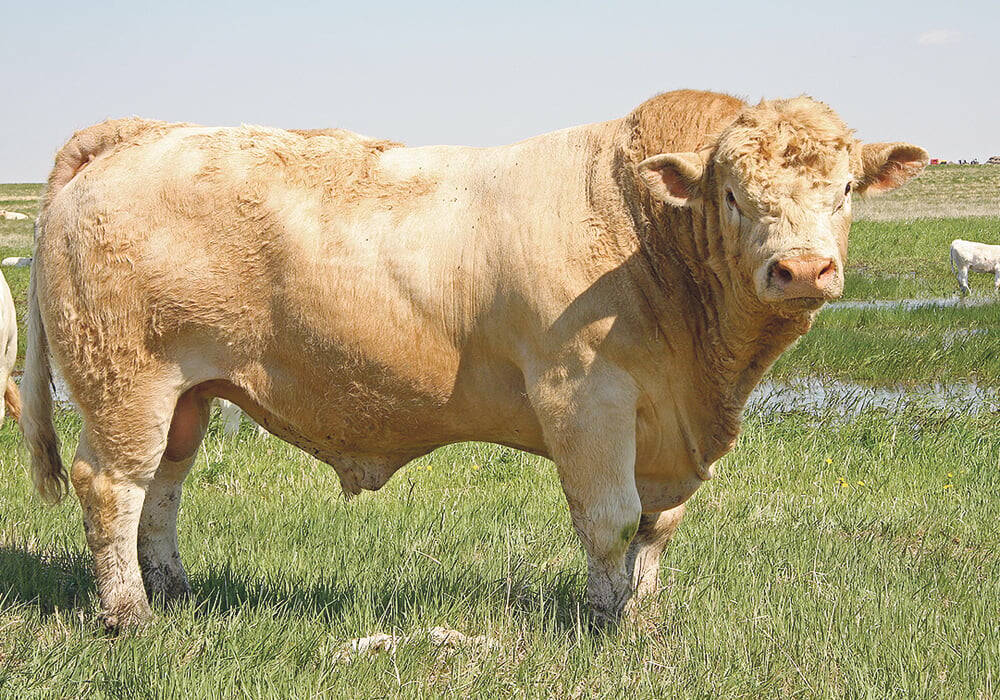Canadian cash oat prices have slipped versus competitors like canola and wheat, a trend that could limit plantings in Western Canada this spring and have profound implications for supplies next year, analysts say.
The prospect of a smaller-than-expected production increase this year would keep Canadian 2011-12 ending stocks small for a second straight year and cause a supply scramble for U.S. cereal makers, said OatInsight.com analyst Randy Strychar.
Cash oat prices in Saskatchewan have slid since October to 38 per cent from 42 per cent of canola values and also slipped against flax, wheat and barley, said Strychar.
Read Also

New research sheds light on infertility in bulls
Southern Alberta researchers make ground-breaking discovery in sperm function examining male infertility in bovines.
On U.S. futures markets Jan. 24, the nearby Chicago oat contract was trading around $5.51 per bushel less than front-month Minneapolis spring wheat the biggest discount in nearly 2-1/2 years.
Factoring in those prices and input costs, oats look to be much less profitable this year than crop competitors spring wheat, canola and flax, Strychar said.
Strychar projects that Canada oat plantings will rise by 5 to 15 per cent from last spring’s farmer intentions, but even with bigger production, 2011-12 ending stocks will fall to between 600,000 and 700,000 tonnes, well below the norm of 1 million tonnes.
“We’re tight, and (those stocks) leave no room for error (from) lower yields, less acres than we thought, the wet soils we have right now,” he said.
Ironically, tepid demand currently for oats from U.S. millers, due to soft breakfast cereal sales, and the horse feed industry is the main reason that oat cash prices haven’t kept pace with other crops, Strychar said.
End oat users are well-covered now but could see tightness late in the crop year, said Jerry Klassen, manager of GAP SA Grains and Produits in Winnipeg.
Even so, the Chicago futures market is inverted, with nearby prices collecting a premium over new-crop December futures and giving farmers little incentive to plant oats.
“We’re going to tighten up our stocks in the next crop year, that’s the way the fundamentals look now,” Klassen said. “But it doesn’t seem like the market’s taking the new-crop situation seriously. I think there’s going to be serious supply shortages.”
Tight supplies would likely bid up prices next year, hurting millers the most because while the horse industry can switch feeds to barley or corn, “you can’t put barley into Cheerios,” Strychar said.














